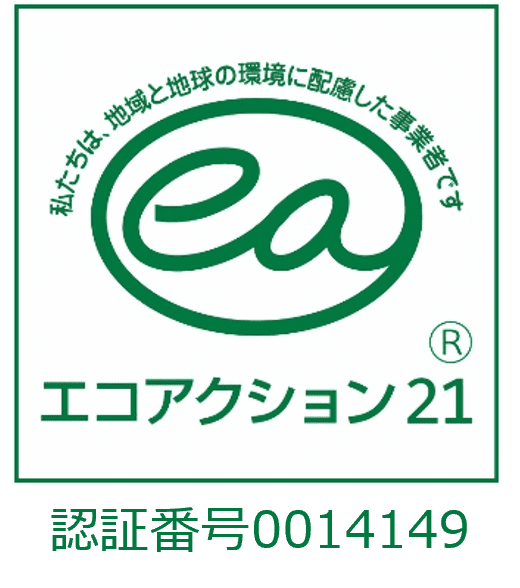
Radiation measurement method
This measurement method is summarized as a measurement method by Kaneko MediX, Inc., with reference to the materials obtained from Tochigi Prefectural Industrial Technology Center.
| ·Measuring method | |
| Measure by trained personnel at a distance of about 5 mm from the sample, so that the time geometric condition of 3 times or more of the time constant is kept constant. In addition, the object to be measured assumes a contaminated nuclide and surface condition to which the same source efficiency as the standard surface source can be applied. | |
| (1) | Measure near the part of the sample that points to the highest radiation dose. | |
| (2) | Background measurement (Bg) Move the measuring instrument about 1 m away from the sample and measure with nothing (not affected by the object). Measure 10 times and record. After the measurement, calculate the mean value and standard deviation. | |
| (3) | Sample measurement (Sa) Bring the measuring instrument close to the sample and measure. Measure 10 times and record. After the measurement, calculate the mean value and standard deviation. | |
| (4) | Calculation of radiation dose of sample (Da) Take the difference between the mean value (Sa) of the sample measurement value and the mean value (Bg) of the background measurement value. Da = Sa-Bg | |
| (5) | Judgment criteria Evaluation of surface contamination density measurement results by survey meter The determination of radioactive contamination is evaluated by the difference between the count rate (CPM) of the sample and the count rate (CPM) in the absence of the sample (background). Radiation measurement always involves fluctuations, so statistical processing is required. In this measurement, the net count rate (sample average count rate (CPM) -background average count rate (CPM)) of the sample measured 10 times repeatedly is the standard deviation of the background count rate measured 10 times repeatedly ( If it exceeds approximately 3 times (3σ) of σ), it is judged to be “contaminated”. Judgment criteria: -3σ (Bg) ≤ Da ≤ + 3σ (Bg) |
≪Example≫
Background (CPM) | Sample (CPM) | |
#1 | 58.8 | 64.3 |
#2 | 64.0 | 54.0 |
#3 | 62.3 | 108.4 |
#4 | 74.0 | 65.3 |
#5 | 59.3 | 83.6 |
#6 | 38.1 | 59.1 |
#7 | 36.0 | 73.0 |
#8 | 68.3 | 52.8 |
#9 | 67.8 | 88.0 |
#10 | 67.0 | 55.8 |
Flat | 59.6 | 70.4 |
standard deviation | 12.700 | 18.005 |
Radiation amount (Da) of the object to be measured (sample) = sample mean (Sa) -background (Bg)
Da = 70.4-59.6 = 10.8
The radiation dose of this sample is 10.8 CPM.
3σ = background standard deviation σ (Bg) X3 = 38.1
Since Da = 10.8 is smaller than 3σ = 38.1, it can be judged as "not contaminated".








